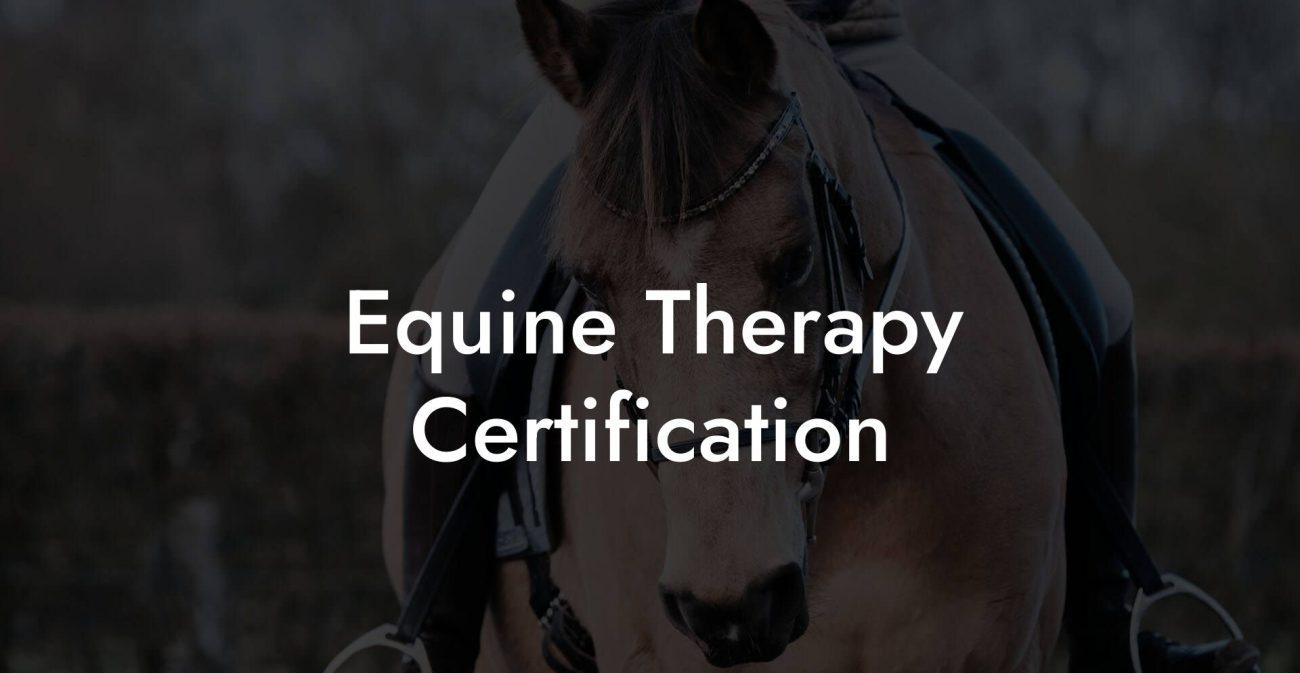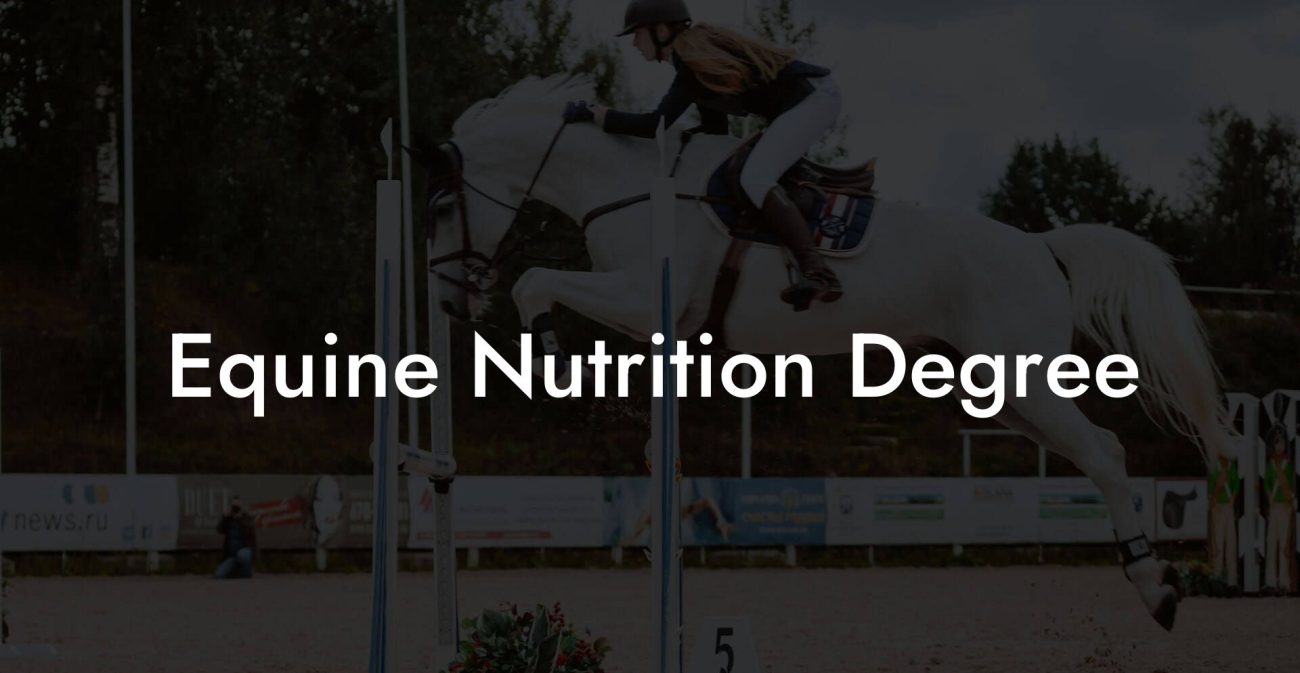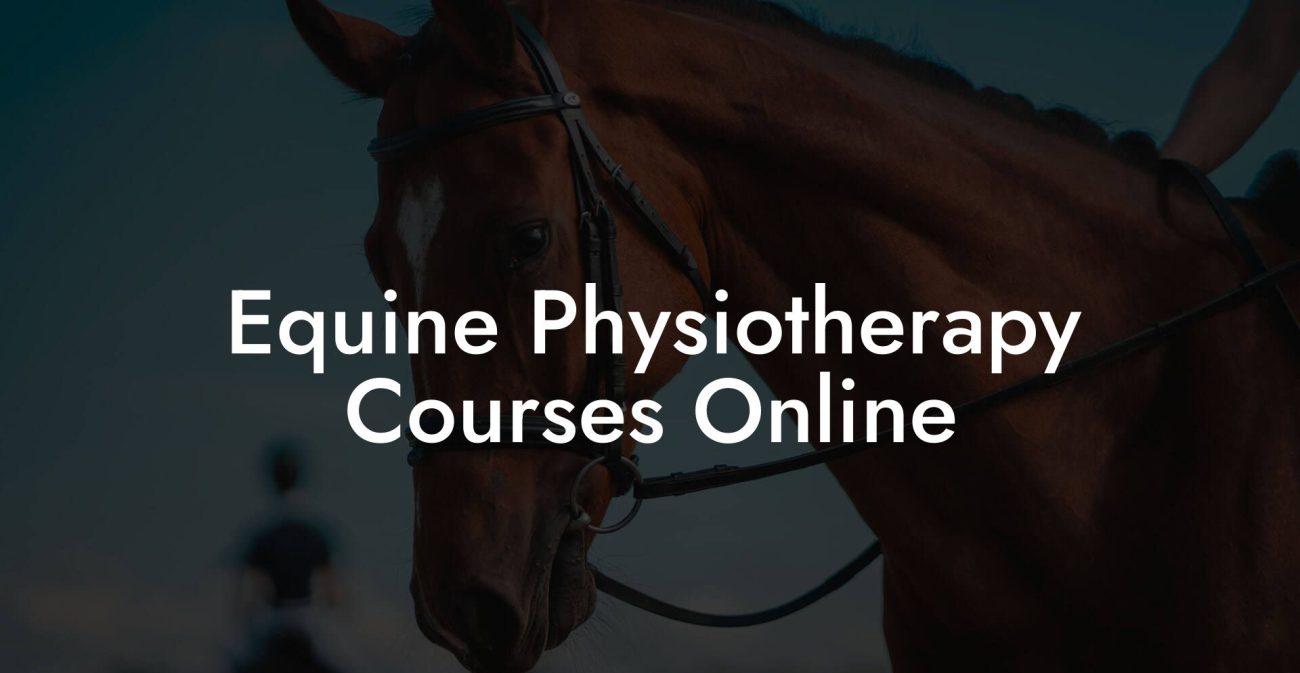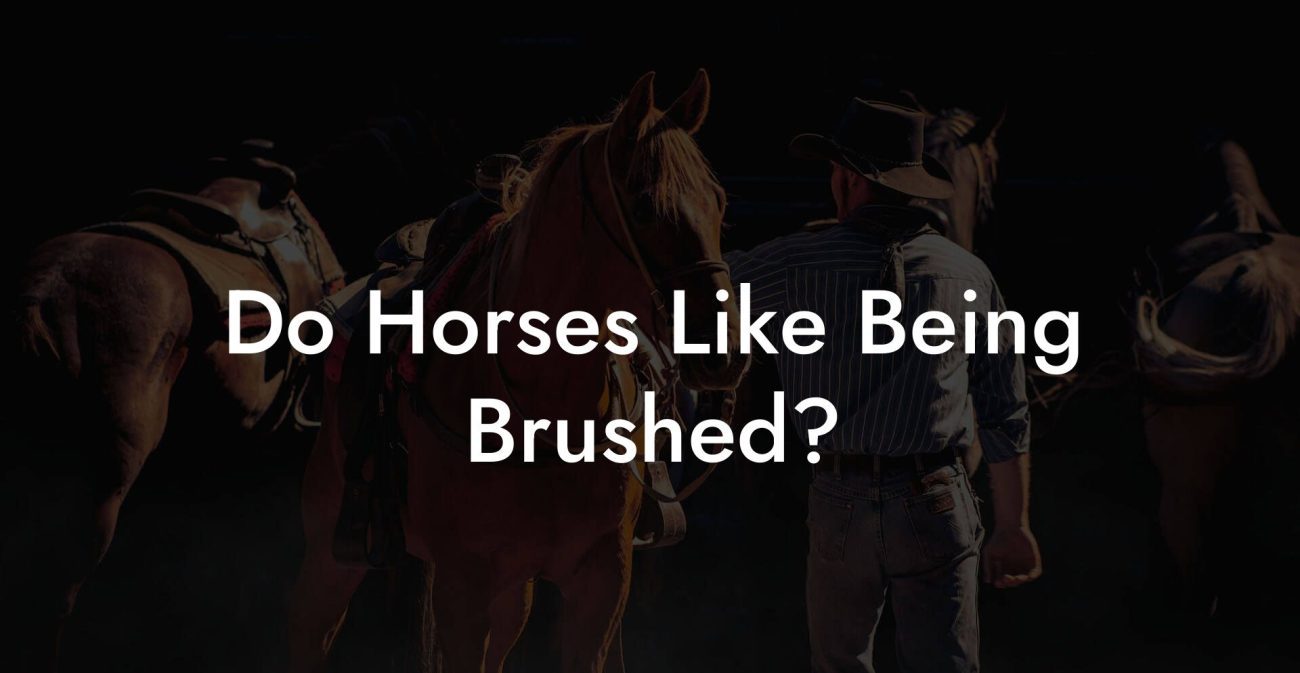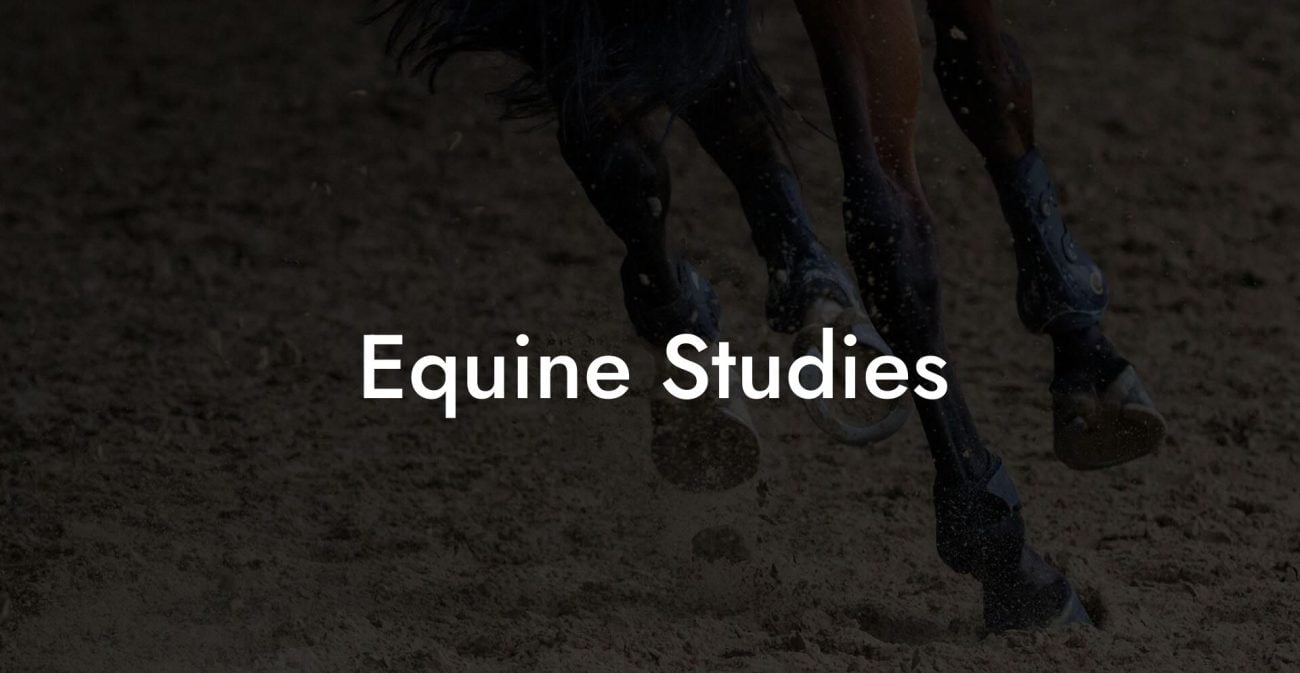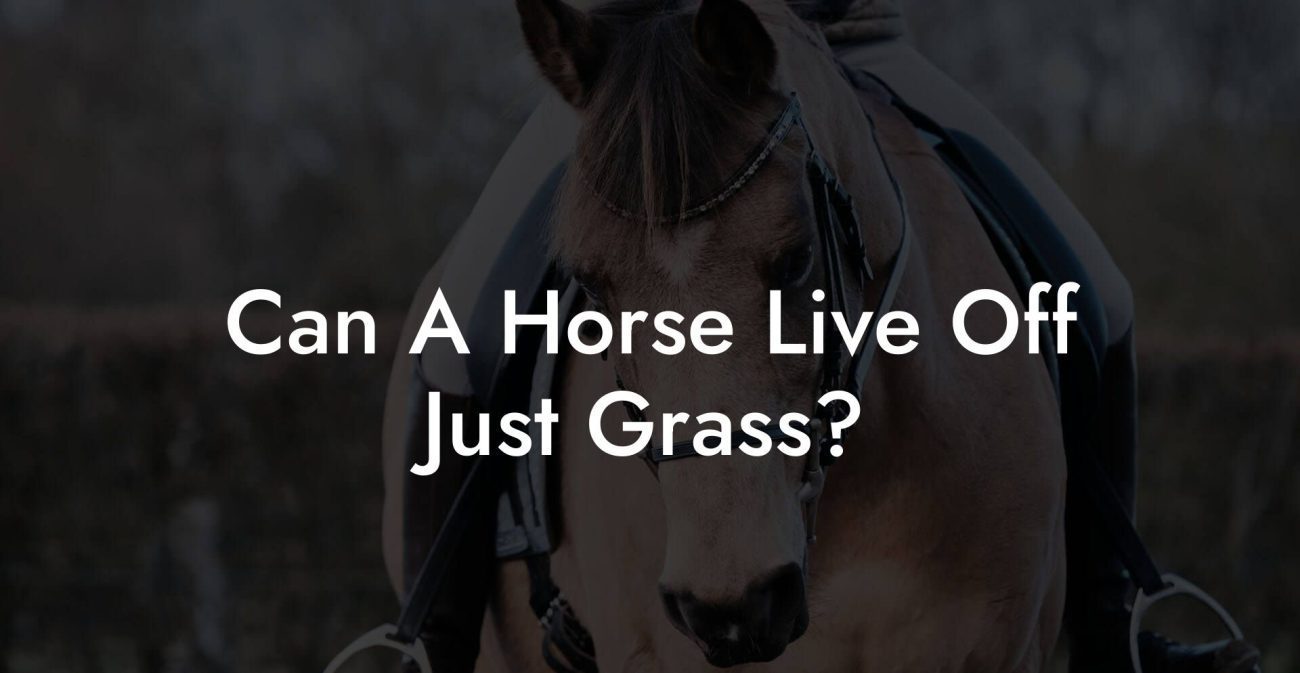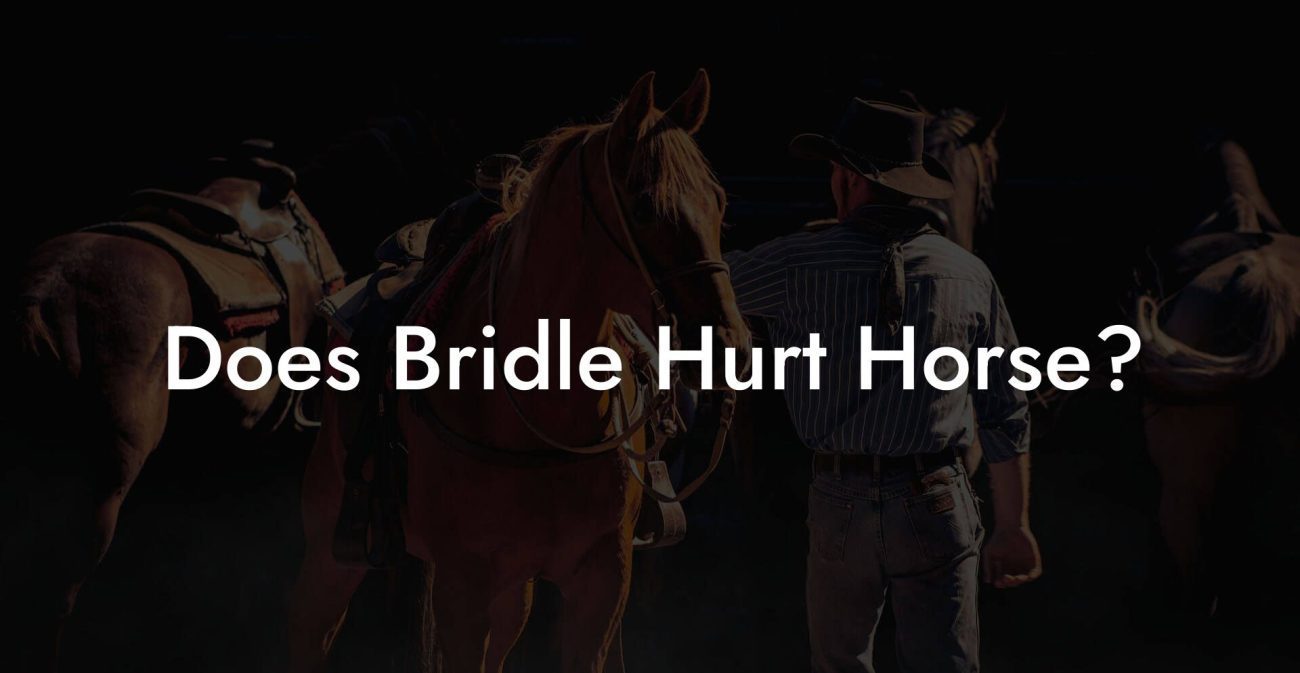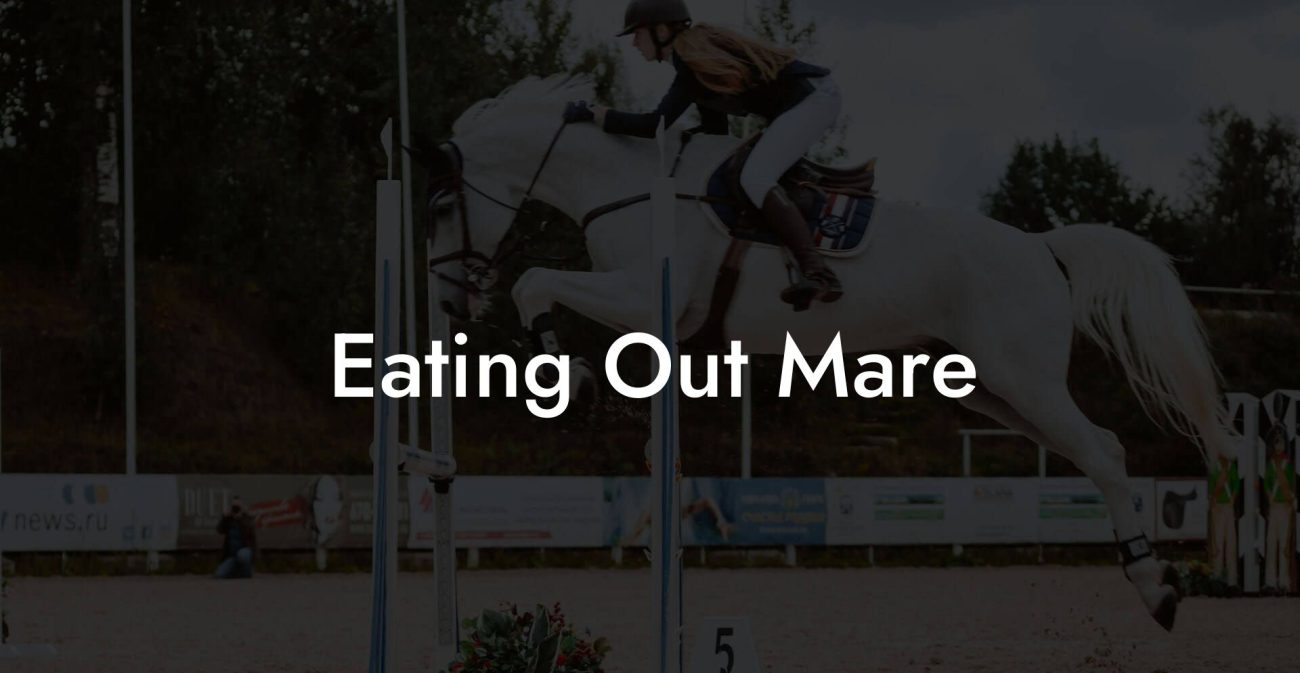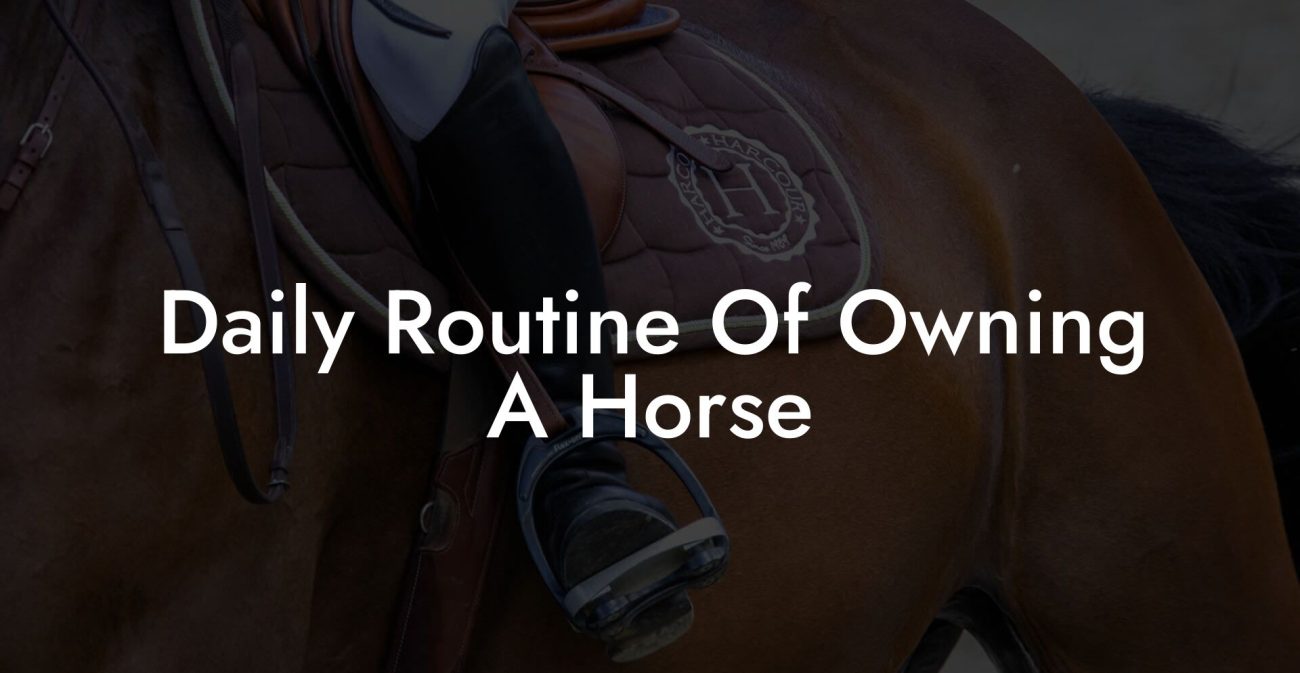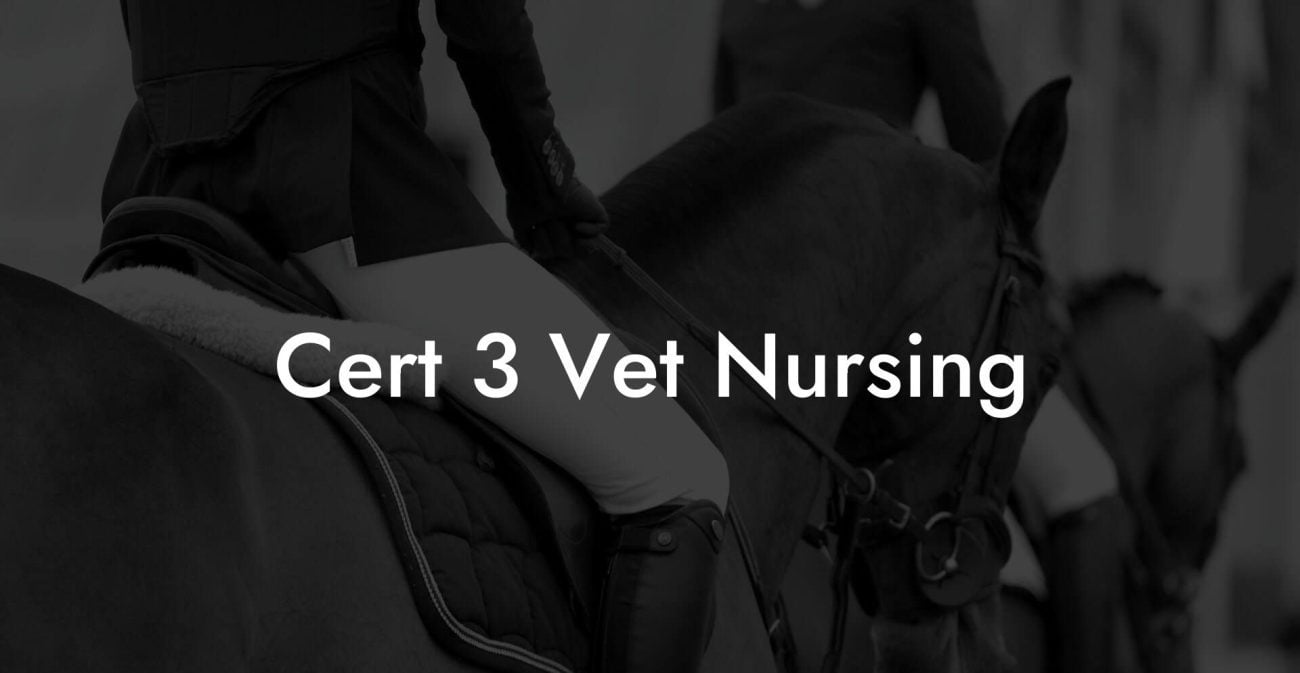Strap on your riding boots and get ready to saddle up for a wild, witty ride into the world of horse care and riding mastery. Whether you’re a new rider eager to learn the ropes or a seasoned equestrian looking to fine-tune your skills, this immersive guide, packed with expert tips, pro-level gear recommendations, and a generous helping of humor, will show you how to become the best horse rider while treating your majestic steed like royalty.
Quick Links to Useful Sections
- The Heart of the Matter: Understanding Equine Care and Riding Mastery
- Understanding Your Horse’s Heart: The Basics of Equine Care
- Riding Essentials: Gear and equipment Every Horse Rider Needs
- Grooming and Health: Keeping Your Horse Shiny and Sassy
- Training Techniques: Building Trust and Mastering the Art of Riding
- nutrition and Feeding: Fueling Your Equine Athlete
- Safety and Maintenance: Preventing Injuries and Ensuring Longevity
- Common Myths in Horse Riding and Care, Busted!
- Integrative Case Studies: Lessons from the Arena
- Case Study 1: Transforming a Nervous Novice into a Confident Companion
- Case Study 2: Reviving a Veteran Horse’s Zest for Life
- Case Study 3: A Community Effort in Riding Education
- Creating Your Personalized Horse Care and Riding Plan
- Step 1: Perform a Thorough Assessment
- Step 2: Set Concrete, Achievable Goals
- Step 3: Merge Multiple Approaches
- Step 4: Build an Unshakeable Routine
- Step 5: Evaluate, Tweak, and Evolve
- Resources and Community Support: Your Next Steps
- Your Journey to Empowered, Masterful Horsemanship
- Best Horse Rider FAQs: Your Questions Answered
- Your Next Steps on the Road to Legendary Horsemanship
The Heart of the Matter: Understanding Equine Care and Riding Mastery
At its core, being the best horse rider isn’t just about mastering the perfect posture or executing a flawless jump; it’s about developing a deep connection with your horse, understanding their unique personality, and participating in every facet of their care. From grooming maneuvers to nutritional know-how, equine care, or horse care, for those who favor the crisp term, requires a holistic approach that blends traditional techniques with modern innovations.
In today's fast-paced world, Gen-Z and millennial riders are seeking more than just strict rules and boring manuals. They want relatable, engaging, and downright awesome advice that speaks their language. We’re here to deliver exactly that: dynamic insights on how to nurture, groom, and bond with your horse while looking and feeling like an absolute equestrian icon.
Riding isn’t only about the thrill of the ride; it’s about building trust with a living, breathing partner who has a personality just as wild and wonderful as yours. As you navigate the twists and turns of equine care and riding, remember that every trot, canter, and gallop is an opportunity to strengthen that bond and master the art of communication without words.
Understanding Your Horse’s Heart: The Basics of Equine Care
Before you even dream of mounting your noble companion, it’s essential to understand that horses are not just beasts of burden, they’re sensitive, social creatures with keen minds and deep emotional cores. Integrating the principles of horse care into your riding routine lays the foundation for both performance and wellness.
To truly connect with your horse, you need to learn the language of equine behavior. Observing subtle cues, a twitch of the ear, a quick glance in your direction, or the way their tail swishes in anticipation, can tell you volumes about how they’re feeling. Knowledge of these cues isn’t just academic; it’s a powerful tool for preventing misunderstandings, managing stress, and ensuring both rider and horse feel secure and valued.
The basics of horse care extend to proper shelter, hygiene, exercise, and regular health checks. Whether you’re managing a sprawling stable or just helping out at a local barn, attentive care, routine vaccinations, and periodic farrier visits are indispensable. In other words, if you want to be the best horse rider on the block, you must first be a dedicated horse caretaker.
Moreover, contemporary horse care incorporates modern technology, from high-tech grooming brushes that double as trackers for your horse’s coat health to wearable devices monitoring their activity levels and heartbeat. Embracing these tools can make your life as a rider both easier and more fun. After all, riding high isn't just about the adrenaline rush; it’s also about a smart, sustainable care routine that modernizes your equestrian lifestyle.
Riding Essentials: Gear and equipment Every Horse Rider Needs
Think of your riding gear as your personal toolkit for adventure. It’s not just about the stylish boots and trendy helmets (although looking cool never hurts your credibility); it’s also about the essential equipment that guarantees both safety and performance. Whether you're training in an arena or hitting the trails, having the right equipment is key.
One of the first things every rider should invest in is a high-quality saddle, ergonomically designed to support your body while ensuring a comfortable fit for your horse. The "perfect saddle" doesn’t exist in a one-size-fits-all format, much like you and your equine partner, it requires personalization. Consider custom fittings, advanced padding technologies, and breathable materials that keep both you and your horse cool under pressure.
Next up: the bridle and reins. Modern riders are spoiled for choice with an array of options, from traditional leather to sleek synthetic models that offer durability and easy maintenance. A reliable bridle enhances communication between you and your horse, translating subtle shifts in your position into clear signals that your horse understands.
And let’s talk accessories: protective riding helmets, riding boots with reinforced soles, and body protectors are non-negotiable in the quest for safety and style. With a mix of high-fashion and high-performance, today’s riding gear ensures you look sharp while staying safe, because your style should be as unbreakable as your spirit.
Finally, don’t forget the high-tech gadgets. GPS trackers, wearable health monitors, and even smartphone apps designed specifically for horse care have revolutionized equestrian sports. Seamlessly integrating advanced technology with timeless riding practices, these tools provide real-time data on everything from your horse’s fitness to environmental conditions on the trail.
Grooming and Health: Keeping Your Horse Shiny and Sassy
Grooming goes far beyond a simple brush and a bath, it's a ritual that enhances the bond between you and your horse and keeps them healthy, happy, and always ready for the next adventure. A well-groomed horse doesn’t just look fantastic; they also perform better and feel more comfortable.
The grooming process should begin with a thorough brushing routine that removes dirt, sweat, and loose hair. Invest in a variety of brushes, combs, and mane conditioners tailored specifically for equine coats. For those who love a bit of tech-savvy flair, there are even smart brushes that monitor the frequency and intensity of your grooming sessions, reminding you when it’s time to give your horse a little extra TLC.
Bathing is another crucial aspect of grooming, but it requires finesse. Too much soap can strip your horse’s coat of natural oils, while too little leaves grime behind. The perfect balance involves using specially-formulated equine shampoos infused with natural ingredients such as aloe vera and tea tree oil. These not only cleanse but also promote a shiny, resilient coat.
Beyond the aesthetics, regular grooming is essential for early detection of health issues. By paying close attention to your horse’s skin, hoof condition, and overall appearance, you can spot minor irritations or infections before they escalate. This preventive approach is particularly important for horses that are active and frequently exposed to the outdoor elements.
And while grooming your horse, take a moment to massage their muscles and joints. This not only enhances blood circulation but also serves as a calming ritual that reassures your horse of your caring presence. In the fast-paced world of equestrian sports, the simple act of grooming can be a grounding experience that reminds both rider and horse of the importance of self-care.
Training Techniques: Building Trust and Mastering the Art of Riding
Training your horse is where the magic happens, a symbiotic dance between rider and equine that transforms routine exercises into a thrilling display of mutual respect and understanding. But let’s be real: training isn’t always a glamorous affair. It’s filled with trial, error, and plenty of unexpected moments that will leave you laughing, frustrated, and ultimately, exhilarated.
One of the first principles of effective training is positive reinforcement. Gone are the days of harsh corrections and outdated practices; today’s training approach rewards good behavior with treats, praise, and affection. In return, your horse learns to associate your commands with success and comfort. This method not only enhances performance but also fosters trust between you and your horse.
Consistency is key. Establish a predictable routine that allows your horse to understand what is expected. Whether it’s mastering the art of the walk, perfecting the trot, or achieving a seamless turn at the jump, every moment of training is an opportunity to communicate nonverbally with your animal partner. Remember, every successful training session is built on small, incremental improvements that add up over time.
Incorporating a mix of exercises, ranging from basic ground work and obstacle courses to advanced dressage and jumping drills, keeps training sessions stimulating and fun. Don’t be surprised if you find yourself in fits of laughter when your horse suddenly picks up a quirky trick or responds in a completely unexpected way. Embrace those moments; they are the heart and soul of equestrian learning.
Also, consider diversifying your training environment. While arenas and stables offer controlled conditions, outdoor trails present a whole new set of challenges and stimuli. Riding in different settings builds your horse’s adaptability and keeps both of you on your toes, ensuring that your training remains as dynamic and engaging as your lifestyle.
Finally, integrate modern training aids such as wearable biofeedback devices that monitor your horse’s heart rate and stress levels in real-time. These insights can guide your routine, highlighting areas for improvement and ensuring that both you and your horse are in sync. Through patience, persistence, and a dash of humor, you’ll forge a partnership that elevates both your riding skills and your bond.
nutrition and Feeding: Fueling Your Equine Athlete
Just as you wouldn’t expect to perform at your peak without proper nutrition, your horse’s performance relies heavily on what they eat. In the realm of equine care, nutrition is the unsung hero that underwrites every gallop, jump, and graceful stride your horse makes.
At the heart of any well-balanced equine diet is hay. High-quality, dust-free hay forms the basis of your horse’s daily nutrition, providing essential fiber that supports digestion. Complement this with a selection of concentrated feeds that supply the necessary proteins, fats, and vitamins to keep your horse in top physical condition. Modern riders increasingly turn to nutritional supplements, think omega-3 fatty acids, biotin, and joint support formulas, to maintain their horse’s vitality and performance.
Water, of course, is a non-negotiable element. Hydration impacts everything from digestion to muscle recovery. For active horses, ensuring constant access to fresh, clean water is imperative. Some stables even invest in water monitoring systems to ensure optimal intake, emphasizing that hydration can be just as important as any high-performance diet.
Feeding routines should be as dynamic as your training sessions. Consider dividing your horse’s meals into several smaller portions throughout the day rather than one large feeding session. This approach maintains steady energy levels and reduces the risk of digestive upsets. In addition, seasonal adjustments in the diet are crucial as nutrient requirements shift with changes in workload and climate.
For the millennial and Gen-Z crowd, sustainability and traceability in food sources matter. Look for locally sourced, organic hay and grains that not only benefit your horse’s health but also promote environmentally responsible farming practices. After all, being the best horse rider means caring for your horse in a way that respects both their well-being and the planet.
Balancing nutrition isn’t a one-size-fits-all proposition. Collaborate with a veterinarian or equine nutrition specialist to tailor a diet that meets your horse’s unique needs. With the right blend of ingredients and a dash of modern science, you’ll ensure your equine athlete is always fueled for adventure.
Safety and Maintenance: Preventing Injuries and Ensuring Longevity
Riding can be an exhilarating thrill, but it also comes with risks, both for you and your noble steed. Prioritizing safety and maintenance in your riding routine is essential for long-term success and enjoyment. Whether you're zooming through an arena or embarking on a serene trail ride, equestrian safety is always in style.
One fundamental aspect of safety is proper equipment maintenance. Regularly inspect your saddle, bridle, and riding attire for signs of wear and tear. A small fray in a strap or a loose buckle can quickly escalate into a major issue in the middle of a ride. Modern wearable diagnostic tools and maintenance checklists can help you stay ahead of any potential hazards.
Equally, take the time to familiarize yourself with basic first-aid techniques, including handling minor injuries and recognizing signs of distress in your horse. Many stables now offer workshops and online courses designed to equip riders with essential safety and emergency response skills. Trust us, knowing how to address a scraped leg or a mild colic episode will earn you respect and peace of mind on and off the saddle.
Safety doesn’t stop at personal first aid. Ensure that the environment where your horse resides is secure and hazard-free. Regularly assess stables, pastures, and riding arenas for any potential risks, such as sharp objects, unstable footing, or extreme weather conditions. Modern technology, such as monitoring systems and smart sensors, can alert you to environmental changes that might require immediate attention.
Another key area is routine health monitoring. Scheduling regular veterinary checkups and farrier appointments minimizes the risk of long-term issues and keeps your horse in peak condition. Just as you wouldn’t skip your annual health screening, your horse deserves consistent, preventive care to ward off injuries and illnesses.
Ultimately, safety and maintenance are about building a relationship of trust with your equipment, your environment, and most importantly, your horse. With attention to detail and a proactive attitude, you can enjoy every ride knowing that both you and your equine partner are in the best possible hands.
Common Myths in Horse Riding and Care, Busted!
The internet is full of outdated stereotypes and bizarre myths about riding and horse care. It’s time to set the record straight with a dose of reality, humor, and some hard-hitting facts that’s bound to make you smirk.
Myth #1: “All horses are high-maintenance drama queens.” Reality: While horses are sensitive creatures with their own personalities, a well-trained and well-cared-for horse is as adaptable and friendly as any other pet. With regular grooming, proper handling, and a balanced diet, your horse will reward you with trust and loyalty.
Myth #2: “You need expensive, designer gear to be a good rider.” Reality: While high-quality equipment does make a difference in safety and performance, skill and dedication outweigh a hefty price tag. Many champions have started with modest setups and advanced simply through commitment and smart care practices.
Myth #3: “Horses don’t need much mental stimulation.” Reality: Horses are intelligent, social animals that thrive on interaction. Whether it’s training sessions, puzzle games, or simply spending quality time together, your horse benefits immensely from mental exercise.
Myth #4: “Feeding more always means better performance.” Reality: Overfeeding can lead to obesity and health problems. What matters is the quality and balance of their diet, not just the quantity.
As you bust through these myths with your knowledge and experience, you'll find that the more you invest in understanding and caring for your horse, the more rewarding every ride becomes.
Integrative Case Studies: Lessons from the Arena
Real-life stories are the lifeblood of any community, and equestrian circles are no exception. Here are a few case studies that highlight how innovative, integrative approaches to horse care and riding have transformed the experiences of riders and their equine partners.
Case Study 1: Transforming a Nervous Novice into a Confident Companion
Sarah, a young rider fresh out of college, inherited a beautiful but timid mare named Luna. Initially, Luna was skittish and hesitant around new environments. Sarah decided to merge traditional training with modern mindfulness techniques and gentle exposure therapy. By incorporating daily calm-down exercises, low-stress grooming sessions, and outdoor bonding trips, Sarah witnessed a remarkable transformation in Luna’s demeanor. The mare became more relaxed and responsive, inspiring Sarah to explore more adventurous riding challenges with newfound confidence.
Case Study 2: Reviving a Veteran Horse’s Zest for Life
Max, an experienced rider with decades of equestrian history, was struggling to connect with his aging stallion, Thunder. The horse had slowed down, both physically and mentally, and Max feared the spirit was fading. With a revamped approach that focused on nutrition, tailored exercise routines, and regular physical therapy, Max restored Thunder’s vigor. Introducing low-impact exercises, joint supplements, and targeted deep-tissue massages, brought about a resurgence of energy and spirit. Thunder now trots with pride, much to the delight of riders and onlookers alike.
Case Study 3: A Community Effort in Riding Education
At a local equestrian center, a group of young riders decided to challenge the status quo by integrating sustainable practices and digital learning into their training sessions. Combining in-person coaching with online tutorials, social media challenges, and eco-friendly stable management, they created a vibrant, interactive learning environment. This community-led initiative not only improved riding techniques but also fostered a shared passion for sustainable horse care among riders from all walks of life.
These case studies illustrate that becoming the best horse rider is about embracing change, staying adaptable, and harnessing the collective wisdom of both traditional practices and modern advancements.
Creating Your Personalized Horse Care and Riding Plan
Just as no two horses are alike, your strategy for becoming a top-notch rider should be as unique as you are. Crafting a personalized plan involves tailoring every aspect of your riding routine to meet your needs as a rider and to satisfy your horse’s unique lifestyle.
Step 1: Perform a Thorough Assessment
Start by evaluating your current skills, your horse’s health and temperament, and your overall riding environment. Consult experienced trainers and equine vets to understand both strengths and areas for improvement.
Step 2: Set Concrete, Achievable Goals
Whether you’re aiming to win a local show, improve your riding posture, or simply develop a deeper bond with your horse, having clear goals is essential. S.M.A.R.T. (Specific, Measurable, Achievable, Relevant, and Time-bound) goals will keep you motivated and allow you to track your progress over time.
Step 3: Merge Multiple Approaches
A comprehensive routine should integrate traditional riding drills with innovative fitness regimens, mental wellness practices, and nutritional planning. Think of it as a cocktail of the best horse care practices, a dash of conventional training, a sprinkle of high-tech monitoring, and a generous pour of modern lifestyle insights.
Step 4: Build an Unshakeable Routine
Consistency is your best friend. Create a daily and weekly schedule that balances riding, grooming, training, and rest. Use digital tools like apps or wearable tech to keep your routine on track and celebrate small wins along the way.
Step 5: Evaluate, Tweak, and Evolve
Maintain a riding journal that details training sessions, dietary changes, and any improvements or challenges. Regularly re-assess your strategy with the help of experts and be prepared to adjust your approach as both you and your horse grow together.
By taking a proactive, integrative approach to your riding plan, you not only enhance your skills but also create a deeper, lasting bond with your equine partner. This customized strategy is your roadmap to riding mastery.
Resources and Community Support: Your Next Steps
Embarking on your journey to become the best horse rider is both exciting and challenging. Thankfully, you’re not alone, there’s a vibrant community of riders, trainers, and equine enthusiasts who share your passion. Online forums, local riding clubs, and social media groups are treasure troves of advice, support, and inspiration.
Consider attending workshops, webinars, and live training sessions that focus on modern equine care and innovative riding techniques. Local equestrian centers and riding schools often offer mentorship programs designed to connect budding talent with veteran riders. And don’t forget to explore reputable blogs, YouTube channels, and podcasts that cover everything from grooming hacks to high-tech training methods.
Beyond the technical aspects, community support nurtures a sense of belonging, a reminder that every great rider started somewhere. Align yourself with peers who challenge you, share your passion, and celebrate every milestone. As you evolve into a more knowledgeable, confident rider, you’ll find that the journey is just as rewarding as the destination.
Your Journey to Empowered, Masterful Horsemanship
Every stride you take is a step toward greatness. Embracing the overall philosophy of equine care and riding mastery is much more than a checklist of techniques and safety tips, it’s a vibrant exploration of trust, creativity, and joy. Each galloping run, every gentle grooming session, and even the occasional stumble on the arena floor is an opportunity to learn, refine, and celebrate the art of riding.
As you integrate high-tech solutions with time-tested traditions, remember that excellence comes from passion, practice, and perseverance. Your commitment to understanding your horse’s unique needs, investing in quality gear, and continuously enhancing your skills is what sets you apart on the path to becoming the best horse rider.
So, take a deep breath, tighten your girth, and embrace every moment in the saddle. Let your passion for equine care fuel your drive. Celebrate your wins, learn from every challenge, and keep pushing the boundaries of what it means to ride with heart and soul.
Whether you’re perfecting your trot in the early morning light or sharing a laugh after a playful misstep in the arena, your journey is uniquely yours. Here’s to many more miles trotted together, where each ride becomes a story, every care session a ritual, and every day, a chance to shine as an empowered, masterful horse rider.
Best Horse Rider FAQs: Your Questions Answered
Navigating the world of horse riding and care can be as challenging as riding a bucking bronco, but we’re here to help. Check out these frequently asked questions that address everything from equipment necessities to nutritional tips.
1. What does it mean to be the “best horse rider?”
Being the best horse rider isn’t simply about mastering riding techniques; it’s about forming a deep, respectful bond with your horse, investing in comprehensive horse care, and continuously refining your skills through both traditional and innovative methods.
2. How important is proper grooming in equine care?
Grooming is essential not only for maintaining your horse’s health but also for building trust. A thorough grooming routine helps detect health issues early, promotes relaxation, and reinforces the bond between rider and horse.
3. What are the must-have pieces of riding gear?
Essential gear includes a well-fitted saddle, a comfortable bridle and reins, a protective helmet, sturdy riding boots, and modern accessories like wearable tech for monitoring performance.
4. Can modern technology truly enhance traditional riding practices?
Absolutely. Integrating GPS trackers, biofeedback devices, and specialized riding apps can provide real-time data, helping you adjust your training and care routine for both you and your horse.
5. How do I choose the right diet for my horse?
A balanced equine diet primarily consists of high-quality hay, complemented by concentrated feeds, vitamins, and supplements tailored to your horse’s age, workload, and overall health. Consulting a vet or nutrition specialist is key.
6. What training techniques are most effective for building trust?
Positive reinforcement, consistency, and a blend of traditional drills with modern, interactive methods help build trust. Incorporating mindfulness and low-stress exercises can also enhance the connection.
7. How do I ensure safety during rides?
Regular equipment maintenance, pre-ride checkups, proper warm-up routines, and learning basic first aid are crucial steps. Additionally, staying informed about stable and arena safety protocols goes a long way in preventing injuries.
8. What are some common myths about horse riding?
Common myths include the ideas that horses are overly high-maintenance drama queens or that expensive gear is necessary for success. In reality, effective riding is more about commitment, proper care, and continuous learning.
9. How can I stay connected with other riders and get support?
Join local riding clubs, participate in online forums, attend workshops, and follow reputable equestrian social media channels. The community is vibrant and always ready to share insights and support.
10. Is horseback riding suitable for all ages?
Absolutely. With proper guidance, safety measures, and tailored training plans, horseback riding can be enjoyed by people of virtually all ages, from enthusiastic children to active older adults.
Your Next Steps on the Road to Legendary Horsemanship
The journey to becoming the best horse rider is an exhilarating blend of passion, perseverance, and persistent learning. By embracing modern technology, time-honored traditions, and innovative training methods, you’re not only enhancing your riding skills, you’re shaping a rewarding, lifelong connection with your horse.
Take every chance to explore new techniques, challenge your limits, and celebrate your progress. Surround yourself with a community that uplifts you and shares your passion for all things equine. With every ride, grooming session, and training drill, you’re laying the foundation for a future filled with confidence, safety, and boundless adventure.
So, dust off your riding gear, check in with your horse, and charge ahead with the assurance that you have the best practices, support, and expertise at your fingertips. The arena is waiting, and your legacy as a passionate, empowered, and innovative horse rider is just beginning.


